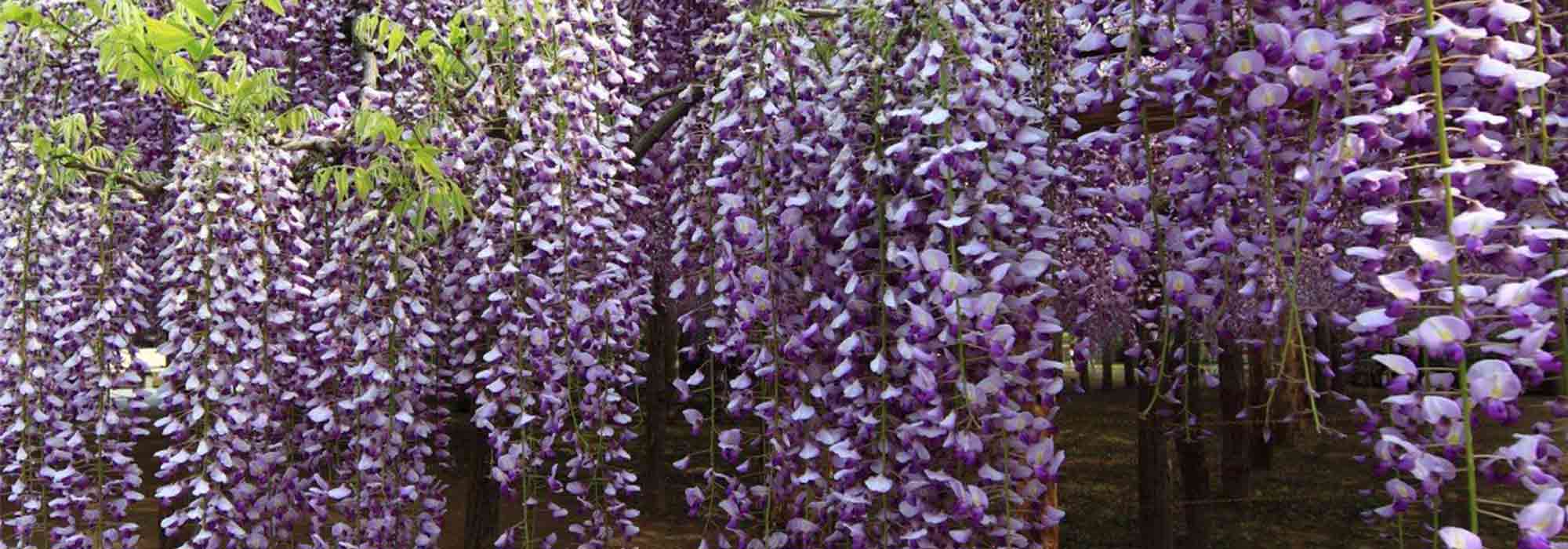
8 climbing plants: the most melliferous
The essentials for feeding bees!
Contents
If you want to attract pollinating insects, dress a fence, a trellis, a gazebo, the base of a tree, or simply hide from prying eyes, let yourself be tempted by the cultivation of melliferous climbing plants. Their nectar and pollen are appreciated by wild and domestic bees for producing a creamy honey. Bumblebees and other butterflies also enjoy them. Whether you have a garden, a balcony, or a terrace, grow flowers for the bees! The choice of melliferous plants is vast!
Discover our selection of 8 climbing plants with subtle nectar, the favourite flowers of bees, that will take over façades and other supports.
Honeysuckle, an intoxicating fragrance and a lush flowering
The intoxicating, sweet and spicy fragrance of honeysuckles (Lonicera) fills the garden, especially in the evening. The gardener succumbs to the heady scents. Pollinating insects are also drawn in, collecting pollen from the tips of the stamens. From April to September, various varieties of honeysuckle take turns flowering to adorn a pergola, a trellis fixed to a wall, or a fence. The lonicera caprifolium, which flowers early, is adorned with small flowers in April-May. Most honeysuckles will bloom from June to September.
 Flowering of the Japanese honeysuckle ‘Red World’, honeysuckle japonica ‘Mint Crisp’ and honeysuckle japonica ‘Sinensis’
Flowering of the Japanese honeysuckle ‘Red World’, honeysuckle japonica ‘Mint Crisp’ and honeysuckle japonica ‘Sinensis’
Discover our comprehensive guides on Honeysuckle: planting, pruning and maintenance and for gardeners passionate about fragrance Honeysuckle: the most fragrant!
Read also
10 climbing plants ideal for fencesClematis terniflora, a profuse and highly fragrant flowering.
Clematis terniflora is a very vigorous climbing plant, capable of reaching 7 m in all directions. From August to October, it is adorned with numerous small star-shaped white flowers. These fragrant and nectariferous inflorescences attract foraging insects. It is not uncommon to see a buzzing cloud of bees near this variety of clematis, which serves as a reserve of pollen and nectar. It can colonise both a fence and a wall, bringing life back to an unsightly building wall.
 Clematis terniflora, a melliferous climber with opulent flowering
Clematis terniflora, a melliferous climber with opulent flowering
Perfectly guide the lianas of a clematis by reading our sheet How to train and stake clematis?
Discover other Melliferous climbers
View all →Available in 1 sizes
Available in 0 sizes
Available in 1 sizes
Available in 1 sizes
Available in 1 sizes
Available in 1 sizes
Available in 1 sizes
Available in 1 sizes
Available in 1 sizes
Available in 2 sizes
Ivy, as decorative as it is nutritious
Ivy, or Hedera is a climbing or creeping flowering plant that can quickly cover a fence, wall, or low wall with its evergreen foliage in various shapes, green or variegated. Easy to grow, it flowers late, between September and December depending on the varieties and growing regions. What a boon for pollinators that come to visit these inflorescences to find subtle pollen and nectar, very useful at this time of year.

The flowering of Hedera helix attracts insects, like this butterfly, before its fruiting, small fruits much appreciated by birds
Have only a small space? Discover our valuable tips on How to grow ivy in a pot?
Read also
10 climbing plants for mild climatesThe Russian vine, the wall coloniser
This climbing perennial, also known as Fallopia aubertii, develops long voluble lianas that can climb or creep depending on the supports you provide, reaching over 10 m in length. They are covered in thousands of nectariferous white spikes from August to October, contrasting with lush green foliage. This abundant flowering attracts numerous insects (butterflies, bumblebees, and bees), and its lush vegetation provides a habitat for diverse wildlife. This Russian vine tends to quickly vegetate an area: ideal for gardeners in a hurry!
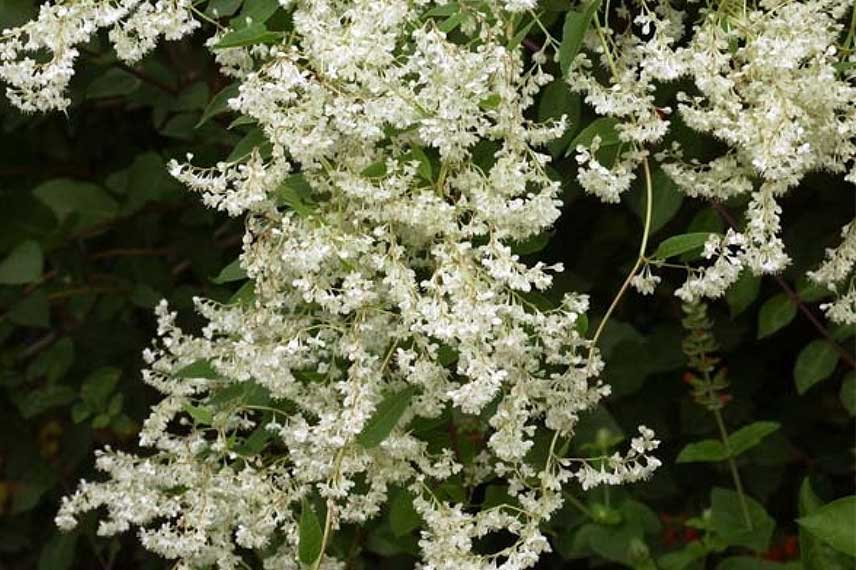
Exuberant flowering of the climbing knotweed (Fallopia aubertii)
Virginia creeper, beautiful all year round
The Parthenocissus quinquefolia, ‘Engelmannii’ or ‘Star Shower’ are very vigorous climbing plants, which, unlike ivy, do not damage walls as they cling with tendrils rather than suckers. Throughout summer, the lianas, which can reach up to 15 m, bear insignificant yellow melliferous flowers, true sources of nectar for bees. Highly ornamental, its green foliage turns red in autumn, and the flowering gives way to blue berries. A beauty!

Foliage changing in autumn and flowering of the Virginia creeper (© AnRo0002, Public Domain)
Wisteria, for romantic-looking arbors or pergolas
All wisterias, whether wisteria venusta, floribunda, frutescens or sinensis, produce long voluble stems that can reach up to ten metres, adorned with numerous trailing clusters of white, mauve, or lavender flowers, exuding an enchanting honey fragrance. By mixing varieties, you can enjoy flowering from April to September. The nectar is highly sought after by pollinators. Place it on a pergola to benefit from the shade of its deciduous foliage and its intoxicating flowering.

Flowering of wisteria floribunda ‘Domino’, wisteria sinensis ‘Alba’ and wisteria Grande Diva ‘Nathalie’ © Pépinière Minier
Check our sheets Wisteria: how to train and prune it? and Wisteria: how to plant, prune, and care for it?
Common jasmine, a marvel for pollinators
The Jasminum officinale with deciduous green or golden yellow foliage for the variety ‘Aureum’ easily colonises a sunny wall or pergola. Its long woody climbing stems can climb up to 5 m and are covered with a multitude of small star-shaped flowers, either white or vanilla for the variety ‘Clotted Cream’, divinely fragrant. These small melliferous flowers with a delicate and sweet scent are highly appreciated by pollinators and have the advantage of flowering continuously from July to September.
 Jasminum officinale ‘Clotted Cream’ with golden yellow foliage, common jasmine with white or vanilla flowers featuring ‘Clotted Cream’[/caption>
Jasminum officinale ‘Clotted Cream’ with golden yellow foliage, common jasmine with white or vanilla flowers featuring ‘Clotted Cream’[/caption>
To successfully cultivate jasmine, discover our sheet on Jasmine, planting, maintenance and pruning.
The pink bignonia, a spectacular flowering
The Podranea ricasoliana is adorned late in the season with magnificent trumpet-shaped flowers from September to November, positioned along climbing stems that can reach around ten metres in length. The variety ‘Comtesse Sarah’ produces beautiful clusters of flowers earlier in the season, from June to October. This sarmentous bush develops long stems suitable for training, with a generous flowering. The small pale pink flowers are slightly fragrant, nectariferous, and melliferous, frequently visited by bumblebees and other bees.

Flowering of Podranea ricasoliana and the variety ‘Comtesse Sarah’ (on the left)
For further reading
- Definition of melliferous: producing honey. A plant is referred to as melliferous or nectariferous when it produces nectar collected by bees to make honey.
- Our selection of melliferous climbing plants
- The 10 bushes for a melliferous hedge to feed bees
- The best melliferous plants by season
- Subscribe!
- Contents
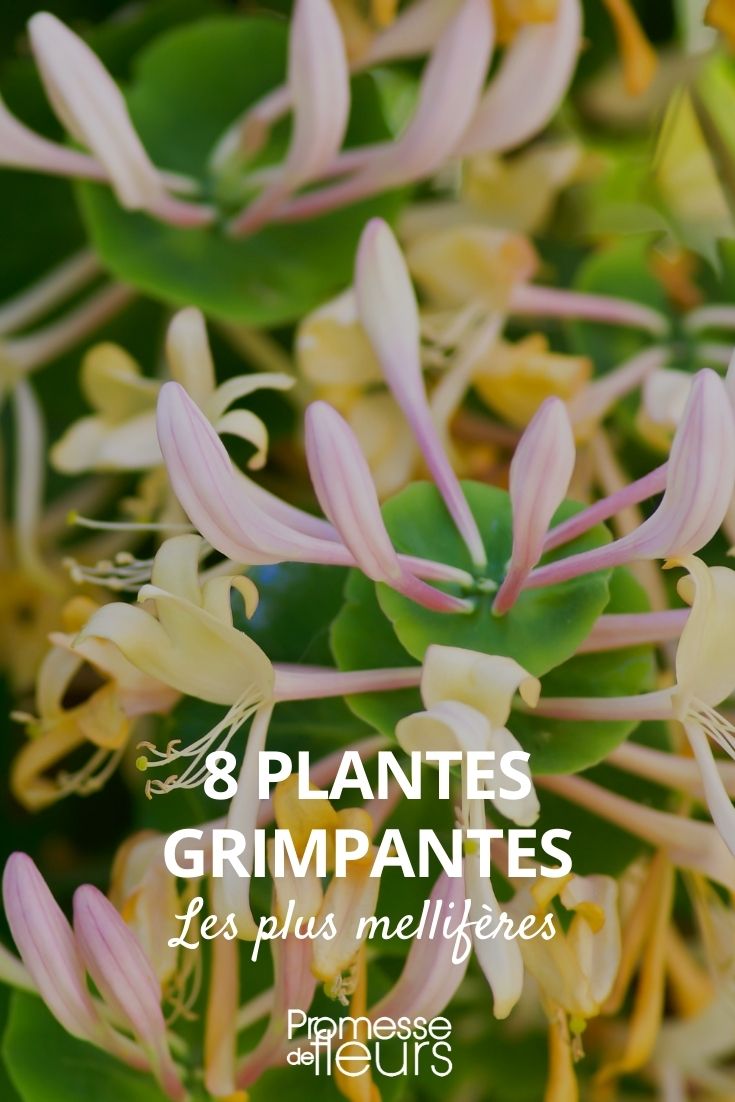































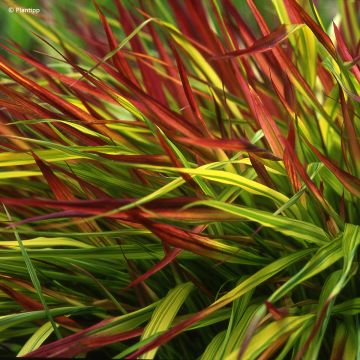


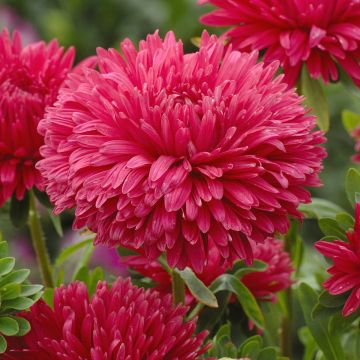
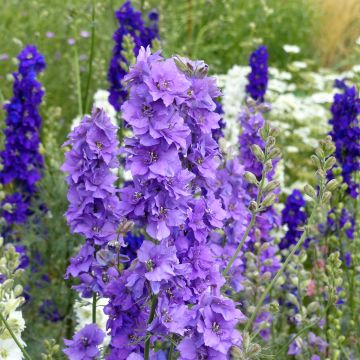
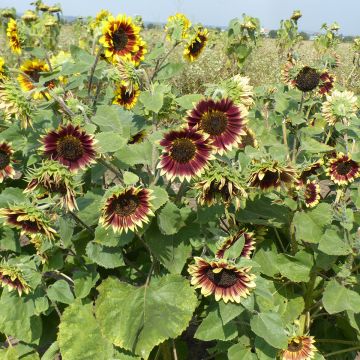
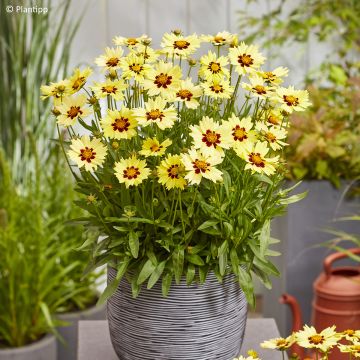
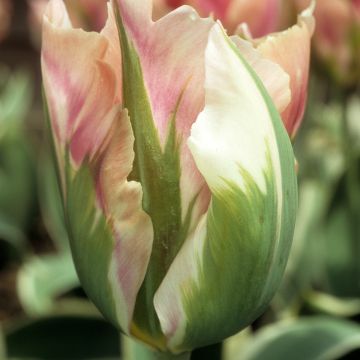
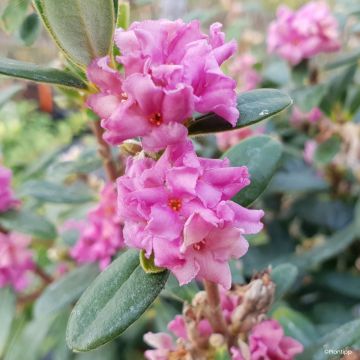
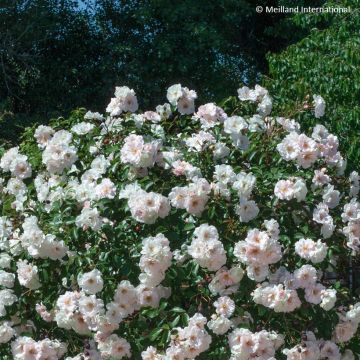
Comments